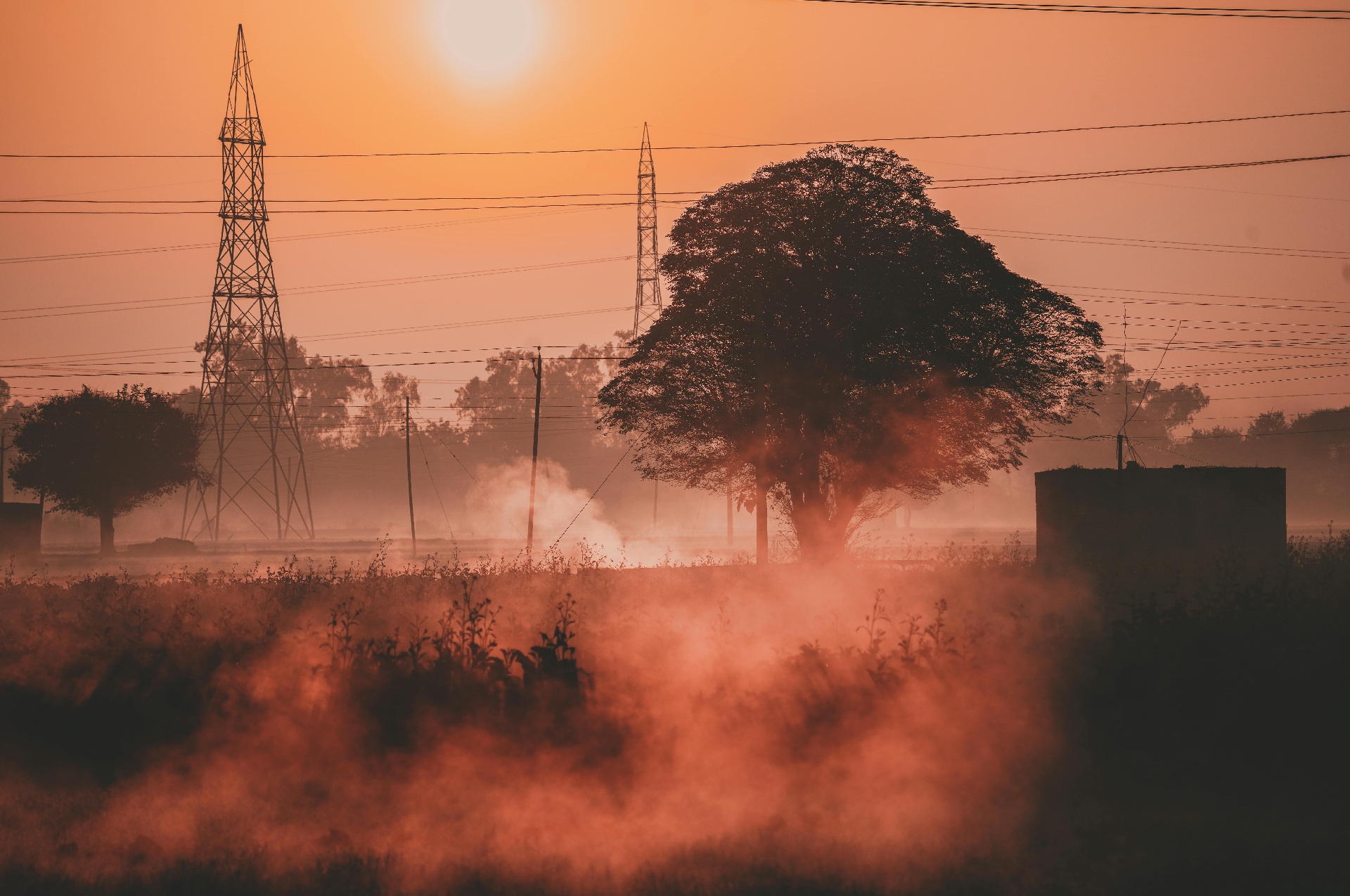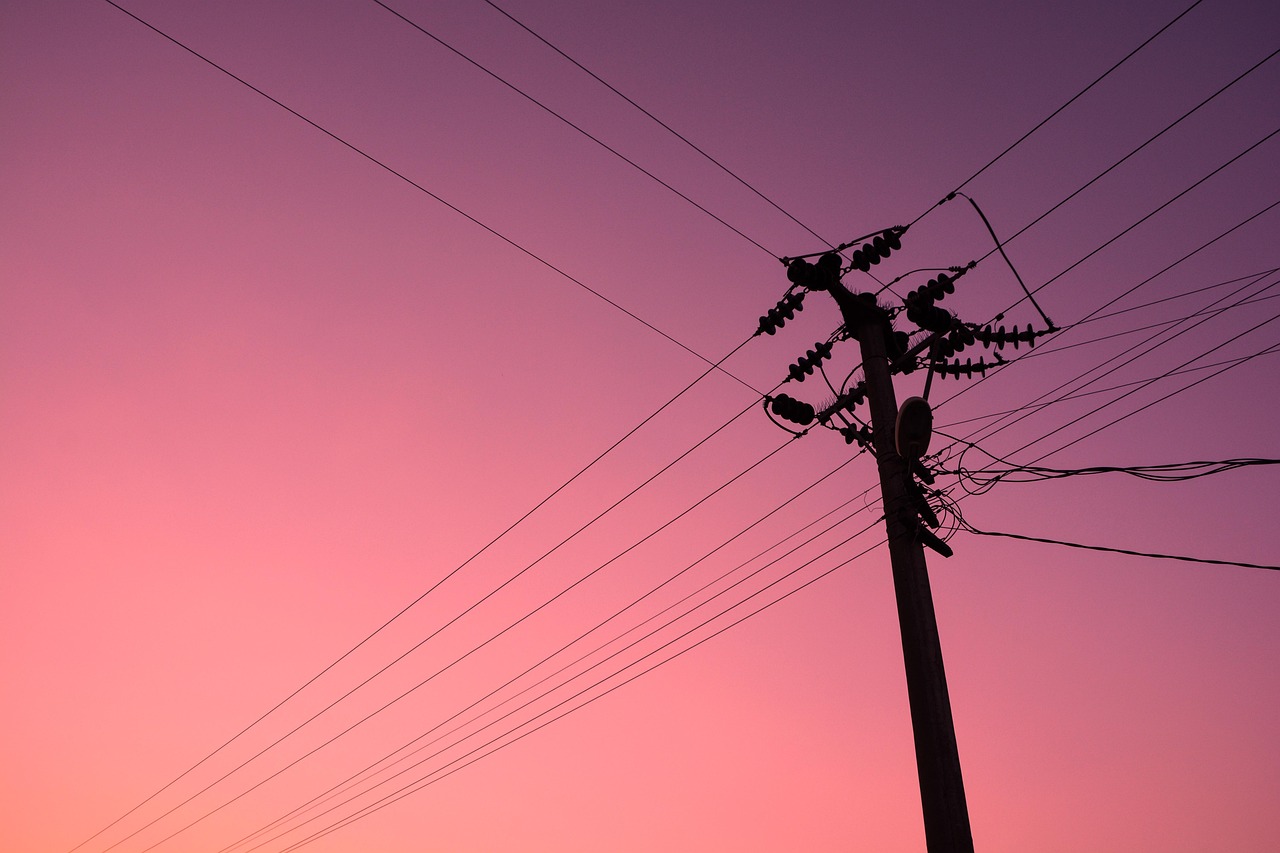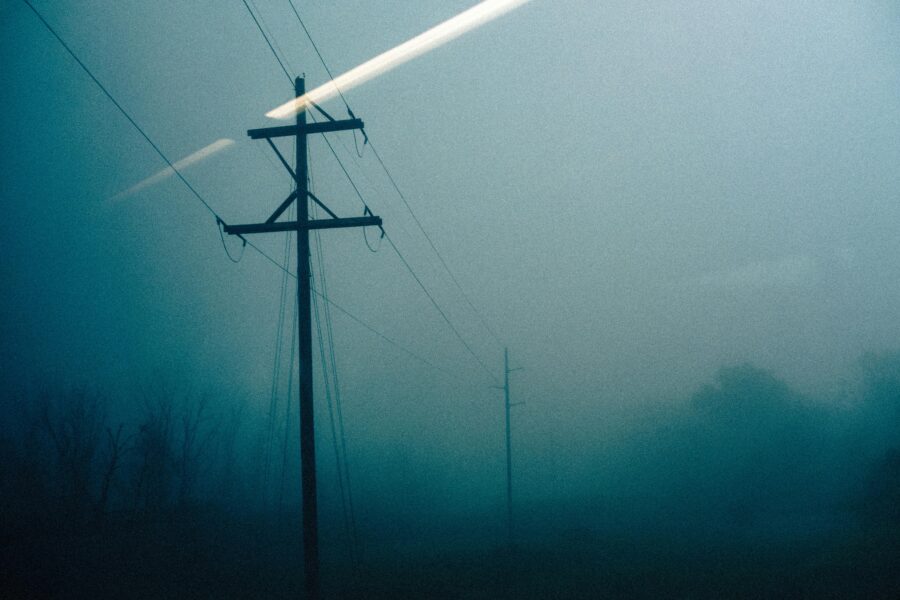Article
Put Your Wildfire Risk into Context
Electric companies need to leverage a comprehensive understanding of their asset wildfire risk to plan for a safer future. With applied technology, they can reconstruct past fire seasons to truly define outlier events and model the consequences of asset-caused ignitions to identify trends and patterns that better prepare them for future wildfire risks. A shifting regulatory and legal landscape around wildfire liability is requiring electric companies to think differently about risk.
“Attempting to forecast wildfire risk without using past events as a baseline is like analyzing a single data point without any reference.“

Attempting to forecast wildfire risk without using past events as a baseline is like analyzing a single data point without any reference. Technosylva’s Senior Data Scientist, Pavel Grechanuk, discussed in Electric Perspectives Magazine the importance of using the data of historical fire seasons to prepare for future extreme weather events. He emphasizes that electric companies must not only analyze simulated wildfire consequences, but also understand the likelihood of their assets igniting wildfires. By constructing dynamic models and analyzing past events, electric companies can gain a comprehensive understanding of their assets’ wildfire risk.
This approach allows for proactive measures to be taken across operations and mitigation to address the impact of future extreme weather events. The use of historical data also allows for the identification of trends and patterns, providing valuable insights into where the risk of wildfire and its impacts to communities truly exists across an electric company’s service area. By understanding the expected risk from their assets across a historic timeline view of “unprecedented” outliers, utilities can efficiently prioritize grid-hardening and mitigation efforts, making the best use of their limited budget resources and regulatory processes.
Furthermore, by contextualizing future events with a robust database of historical risks, electric companies can effectively monitor the frequency and intensity of weather events and identify specific assets along their lines that will be most impacted by climate change. This proactive approach to risk management not only ensures the safety of assets and communities, but also helps in minimizing the potential consequences of asset-caused wildfires.
Learn how you can predict, mitigate, and prevent your evolving wildfire risk and additionally, how Technosylva solutions provide leading electric utilities with increased risk management, operations, asset mitigation, emergency planning, regulatory compliance, and improved public safety.
You can read the full article in Electric Perspectives Magazine here.


